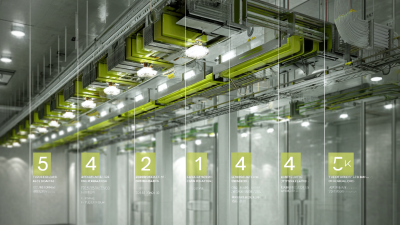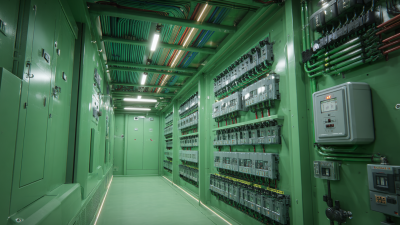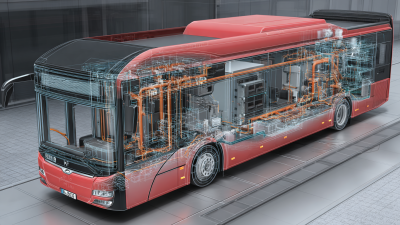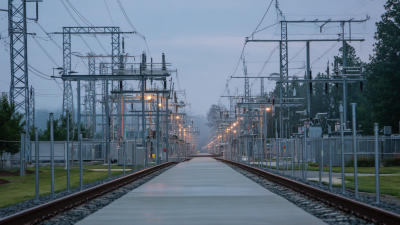Leave Your Message
-
Phone
-
E-mail
-
Whatsapp
-
Whatsapp


In the realm of modern electrical systems, the integration of Flexible Busbar technology is emerging as a transformational solution that offers numerous advantages over traditional wiring methods. According to a report by MarketsandMarkets, the global busbar market is projected to reach USD 27.50 billion by 2025, driven primarily by the increasing demand for efficient electrical distribution systems. Flexible Busbar systems not only enhance design flexibility and reduce installation time but also support innovative layouts in power distribution networks. Additionally, their ability to handle high current loads while minimizing electrical losses aligns with the growing emphasis on energy efficiency and sustainability in electrical engineering. As industries strive to optimize their electrical infrastructure, understanding the inherent benefits of Flexible Busbar becomes essential, paving the way for smarter, more efficient electrical systems.

Flexible busbars are emerging as a transformative solution in modern electrical systems, particularly when it comes to enhancing space utilization. Traditionally, rigid busbars can be cumbersome, often leading to inefficient use of available space within switchgear and panels. In contrast, flexible busbars adapt easily to the layout of the installation area, allowing for compact designs without compromising on performance. According to a report by MarketsandMarkets, the global busbar market is projected to reach $30.5 billion by 2025, underscoring the growing demand for adaptable and efficient electrical distribution solutions.
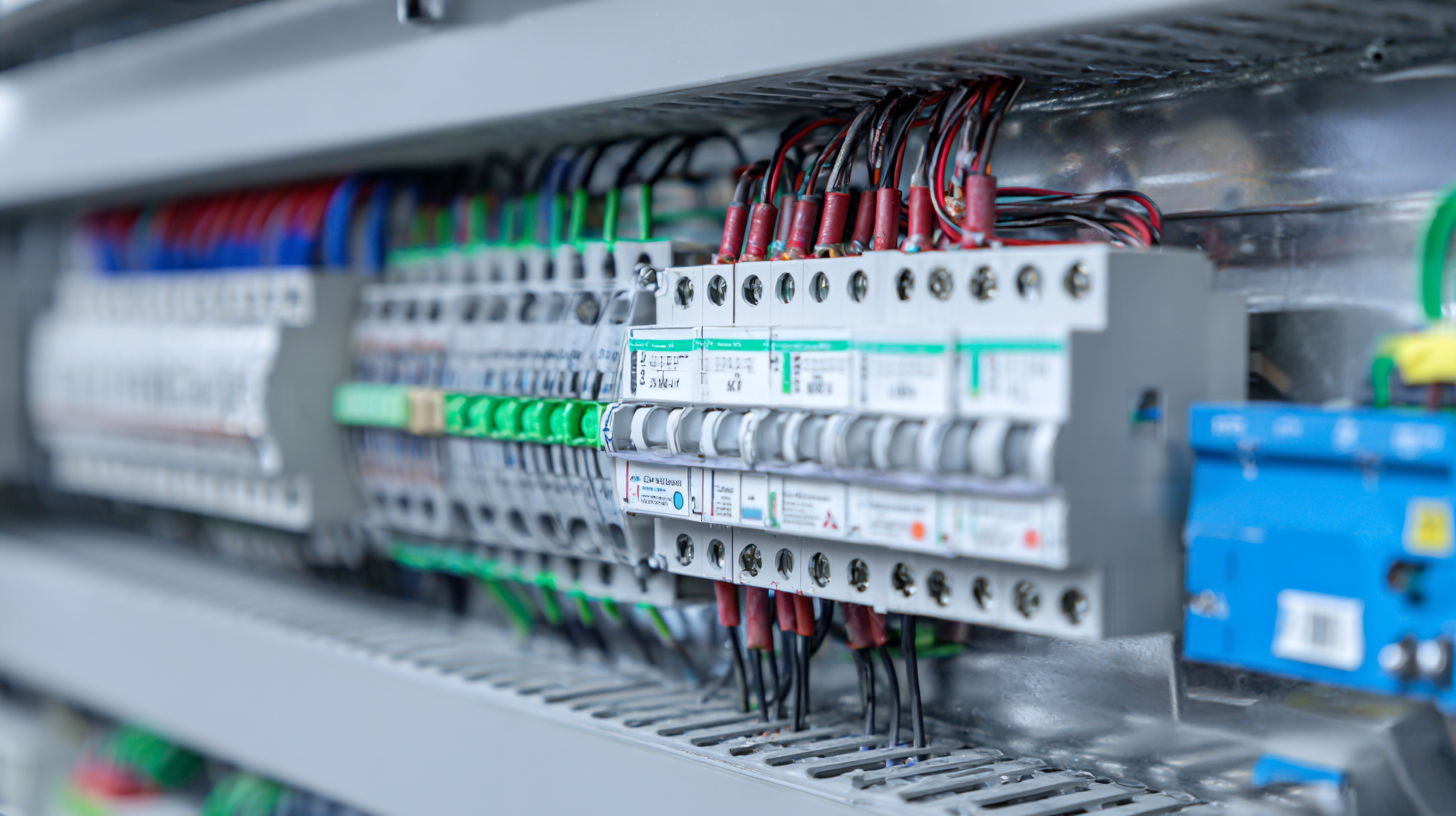
One key advantage of flexible busbars is their ability to accommodate future modifications and expansions. Engineering studies indicate that facilities using flexible busbar systems can optimize space by up to 30%, a significant improvement over traditional hard connections. In environments where real estate is at a premium, such as urban settings, this space-saving capability not only reduces operational costs but also enhances the overall safety and reliability of electrical systems. Furthermore, flexible busbars are often lighter in weight, facilitating easier installation and reduced labor costs, which adds to their appeal in contemporary electrical infrastructure.
Flexible busbars are increasingly becoming a popular choice in modern electrical systems due to their cost efficiency. Unlike traditional rigid busbars, flexible busbars can be easily installed and configured to fit various layouts and spatial constraints. This adaptability not only reduces the labor time required for installation but also minimizes the need for additional materials and fittings. As a result, the overall installation expenses are significantly lower, which is a critical factor for project budgets.
Moreover, the lightweight nature of flexible busbars simplifies handling and transportation, further contributing to their cost-saving potential. With reduced weight, transit costs decrease, and the need for heavy-duty support structures is diminished, leading to additional savings in both materials and labor. This level of flexibility ensures that electrical systems can be altered or expanded in the future without incurring substantial costs, promoting long-term financial benefits for users and businesses alike.
| Dimension | Standard Flexible Busbar | Rigid Busbar |
|---|---|---|
| Installation Cost | 10% lower | - |
| Weight | 50% lighter | - |
| Space Utilization | Flexible design allows for 30% more efficient space usage | - |
| Maintenance Requirement | Lower maintenance needs | Higher maintenance needs |
| Customizability | Highly customizable | Limited customization |
In modern electrical systems, the flexibility of busbars plays a crucial role in enhancing electrical performance and reducing power loss. According to a report by the International Electrotechnical Commission (IEC), flexible busbars can reduce electrical resistance by up to 25%, significantly improving energy efficiency compared to rigid alternatives. This reduction in resistance directly correlates with lower energy losses, underscoring the importance of flexibility in optimizing electrical systems.
Furthermore, flexibility allows for better thermal management, an essential factor in high-performance applications. The ability of flexible busbars to adapt to varying thermal expansion and contraction minimizes the risk of mechanical stress, which can lead to failure. A study conducted by the Institute of Electrical and Electronics Engineers (IEEE) highlighted that flexible busbars could withstand temperature fluctuations more effectively, resulting in a 30% decrease in thermal-related failures. This enhancement not only prolongs the lifespan of electrical components but also contributes to overall system reliability.
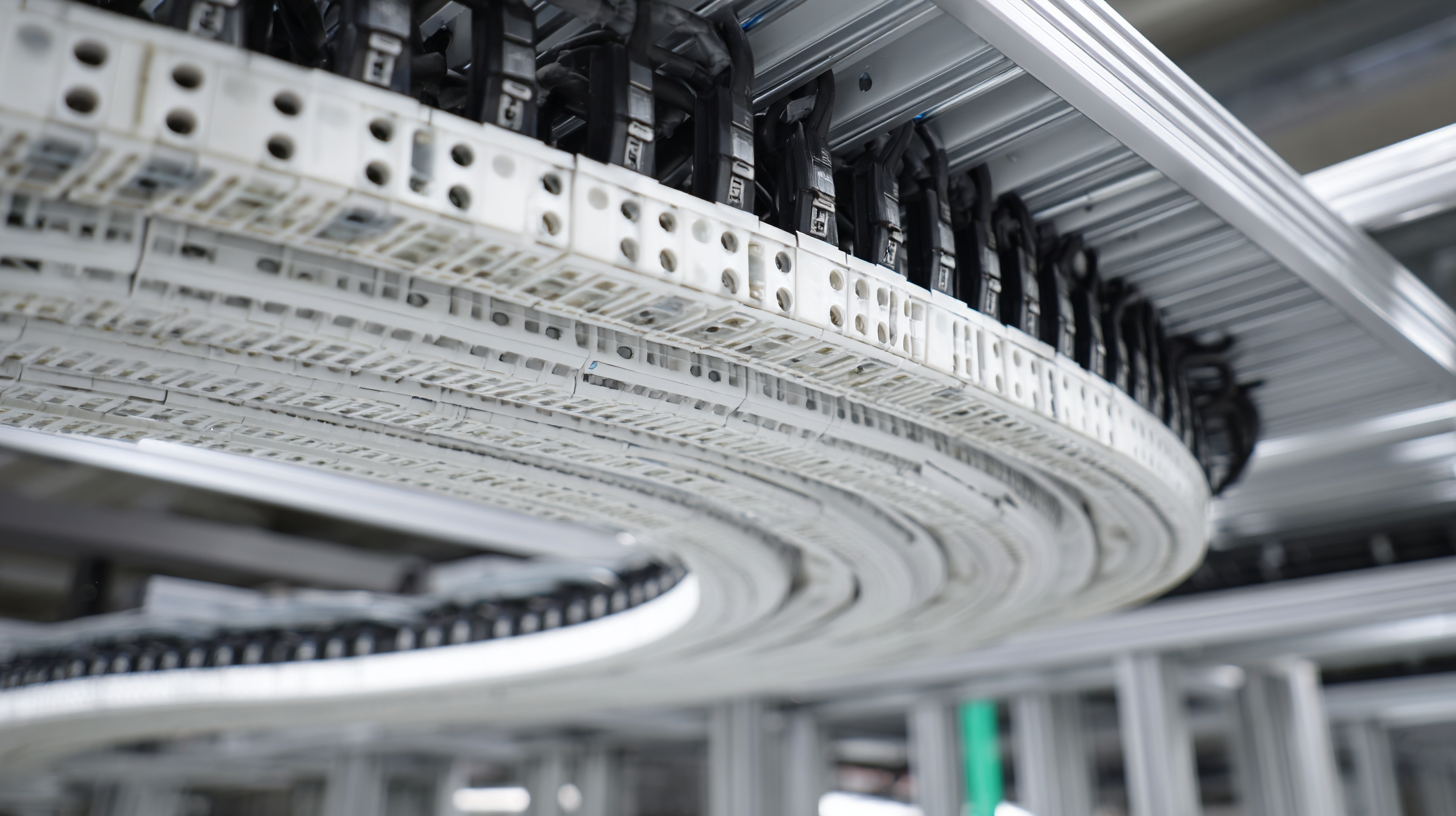
The evolution of electrical systems has led to the adoption of flexible busbars, which play a critical role in enhancing the safety and reliability of modern installations. These busbars are designed to accommodate dynamic loads and varying configurations, reducing the risk of electrical failures. Their inherent flexibility not only allows for easier installation and maintenance but also mitigates potential safety hazards associated with rigid connections that can crack or break under stress.
**Tips:** When selecting a flexible busbar, consider materials that offer excellent conductivity and resistance to corrosion. Regular maintenance checks can help identify wear and tear early, ensuring the longevity and safety of the electrical system.
Flexible busbars also contribute significantly to system reliability by reducing thermal stress and improving heat dissipation. This innovation is crucial in environments where high-performance and consistent operation are essential. By integrating these components into electrical systems, businesses can elevate their infrastructure's efficiency and resilience against unpredictable electrical surges.
**Tips:** Ensure that the busbar design aligns with the specific requirements of your electrical system. Implementing protective measures like thermal imaging can help in monitoring the busbar's performance and preemptively addressing any anomalies.
Flexible busbars have emerged as a preferred choice in modern electrical systems, particularly for their
sustainability benefits. Unlike traditional rigid conductors, flexible busbars offer greater
adaptability in design, allowing for the efficient use of materials while minimizing waste. This eco-friendly aspect stems from the ability
to create shorter and more efficient pathways for electrical conduction, reducing the overall materials required in production.
Tips for Sustainable Use: When selecting flexible busbars, consider their recyclable components and opt for manufacturers that prioritize
eco-friendly materials. This approach not only supports sustainability but also aligns with modern design trends that emphasize environmental responsibility.
Moreover, the manufacturing process of flexible busbars can also be significantly less energy-intensive compared to conventional methods. By reducing both
energy consumption during production and the carbon footprint throughout their lifespan, these busbars provide a compelling option for companies looking to
enhance their green credentials. Implementing flexible busbars in your electrical systems can thus contribute to a more
sustainable future while meeting the growing demands of efficiency and performance in design.
